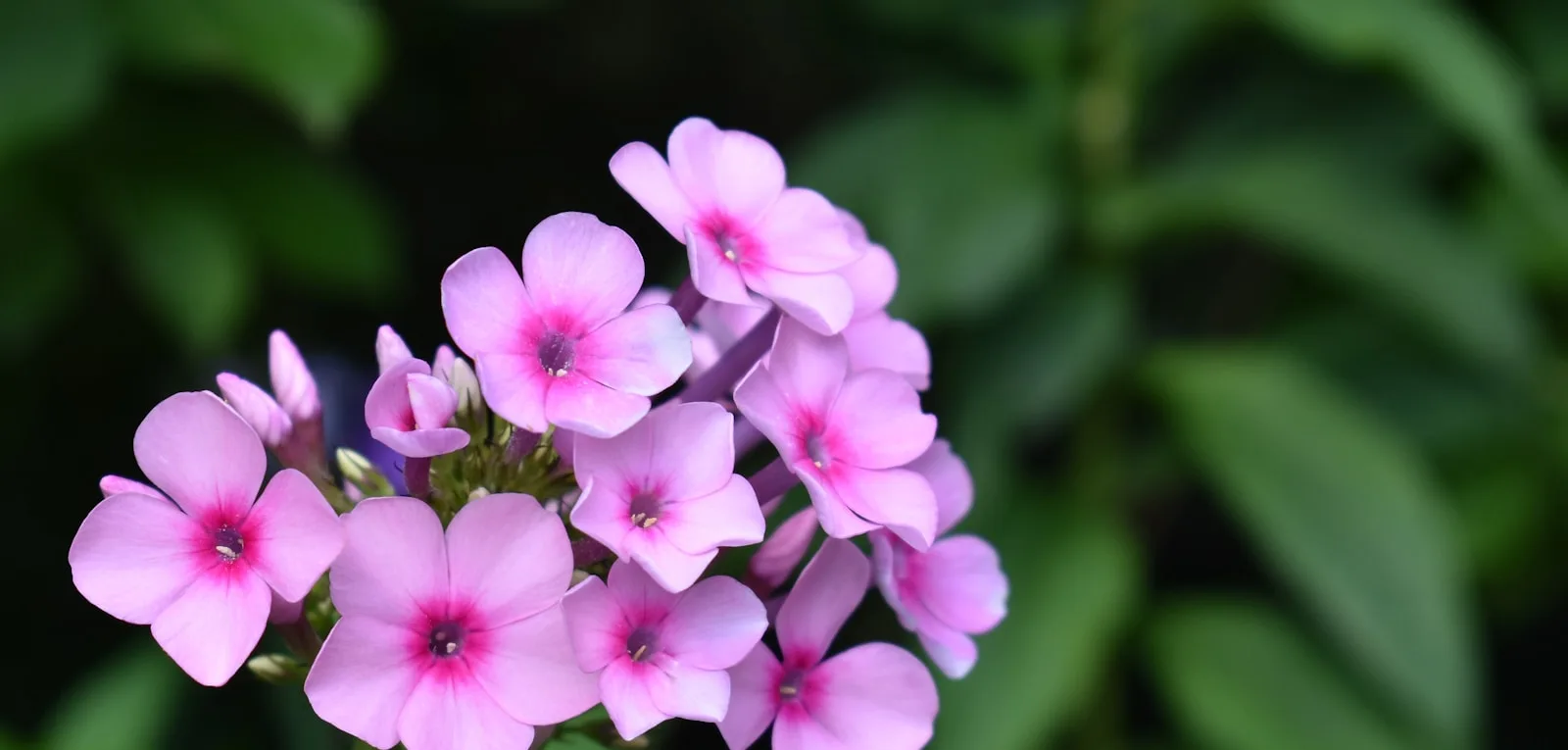
Table of Contents
A wild shrub with spiky showy flowers, it is usually the first plant gardeners notice growing in stands of vivid purple flowers along roadsides or in gardens. Unfortunately, a shrub with spiky showy flowers can be mistaken for Dame’s Rocket (Hesperis matronalis), a deceptive invasive plant. However, there’s a solid reason why flower enthusiasts are so passionate about the spiky, showy flowers: In addition to being beautiful and fragrant, most varieties are native to North America.
The genus Phlox includes a variety of species, some of which grow very low, like Dame’s Rocket, such as Phlox stolonifera, or a shrub with creeping spiky ornamental flowers, and others that are more closely related to plants, such as Prairie Phlox (Phlox pilosa), a wild blue sedge. A phlox paniculata (Phlox paniculata divaricate), and of course the classic garden paniculata (Phlox paniculata).
Although not all hummingbird species are native to every part of the United States, none are considered invasive, and their attraction to hummingbirds, bees, and butterflies makes them a great choice for pollinator gardens. You can determine whether dams rocket or phlox is by closely examining the leaves and petals. Once you identify the type of plant you have, if it is Dame’s Rocket, you can begin the process of getting rid of it.
read more: 15 Flowers You Can Grow To Ward Off Insects
The Differences Between Dame’s Rocket And Phlox

Although it bears a striking resemblance to some of the showy flowering wildflower species, Dame’s Rocket belongs to the mustard family and is not closely related. It is a biennial that blooms in its second year of growth with a cluster of showy white or purple flowers. In the 1600s, it was brought to North America and expanded rapidly. It is now listed as a noxious plant in many states.
Distinguishing Dame’s Rocket from other spiky showy flower species can be easily done by looking at the blooms. Although the flowers are similar in color and appearance, Dame’s Rocket only has four petals, while a panicle always has five. May also provide some insight into the time of year the flowers occur; For example, a shrub with spiky ornamental flowers typically blooms in late summer, while dams rocket flowers typically bloom in early summer. You can also examine the leaves of the plant. A shrubby plant with drooping, showy flowers, the leaves on which grow in upright pairs on the stem; Dames rocket plant leaves have alternate sides and teeth.
How To Remove Dame’s Rocket And Avoid Accidentally Planting It

If you realize that what you’re really growing is Dame’s Rocket rather than a bush of spiky elegant flowers, your only option is to pull it out. Although Dame’s Rocket is a gorgeous plant, it does more than just a wonderful native flower for your garden. According to Wisconsin Public Radio, buckhorn and garlic seem to encourage the growth of other invasive species like mustard, so getting rid of them as soon as possible is advised. Remove by hand if possible.
Instead of adding invasive weeds to your compost pile, burn the plants or dispose of them in a bag in your trash. This will prevent the seeds from spreading. If herbicides must be used, wait until fall, when most native plants are dormant.
Don’t give up if it takes a few years to completely eradicate the dame’s rocket growing in your yard or garden; This is because the plant grows every two years and its seeds may be in your soil just waiting for the right moment to sprout.
After going to great lengths to eradicate it, be careful not to inadvertently introduce it back into your garden. Check the types of seeds included in any wildflower seed mix you use, as dame’s rocket is often included. For this reason, according to some TikTok users, you should avoid buying wildflower seeds from big box stores altogether.

